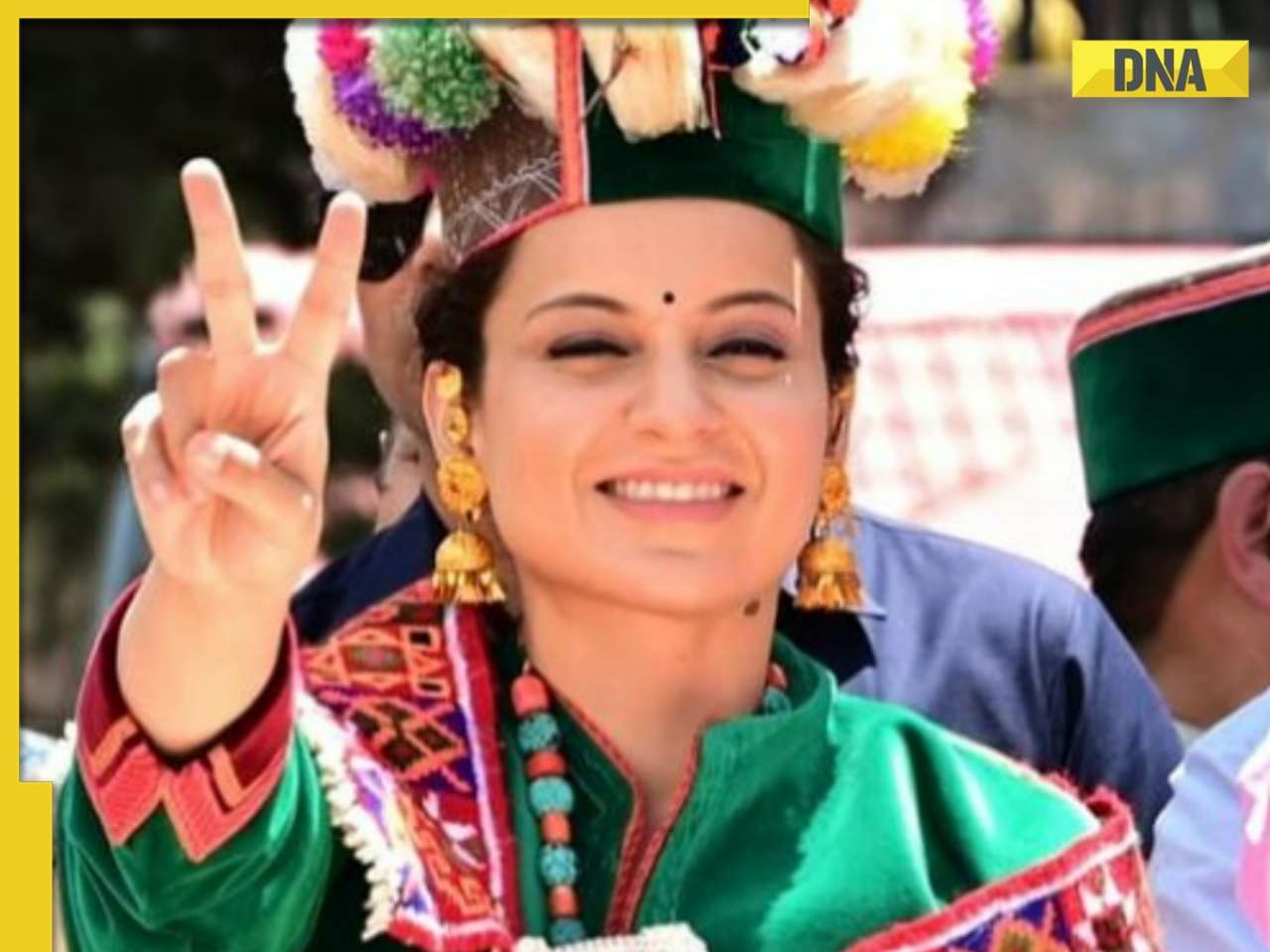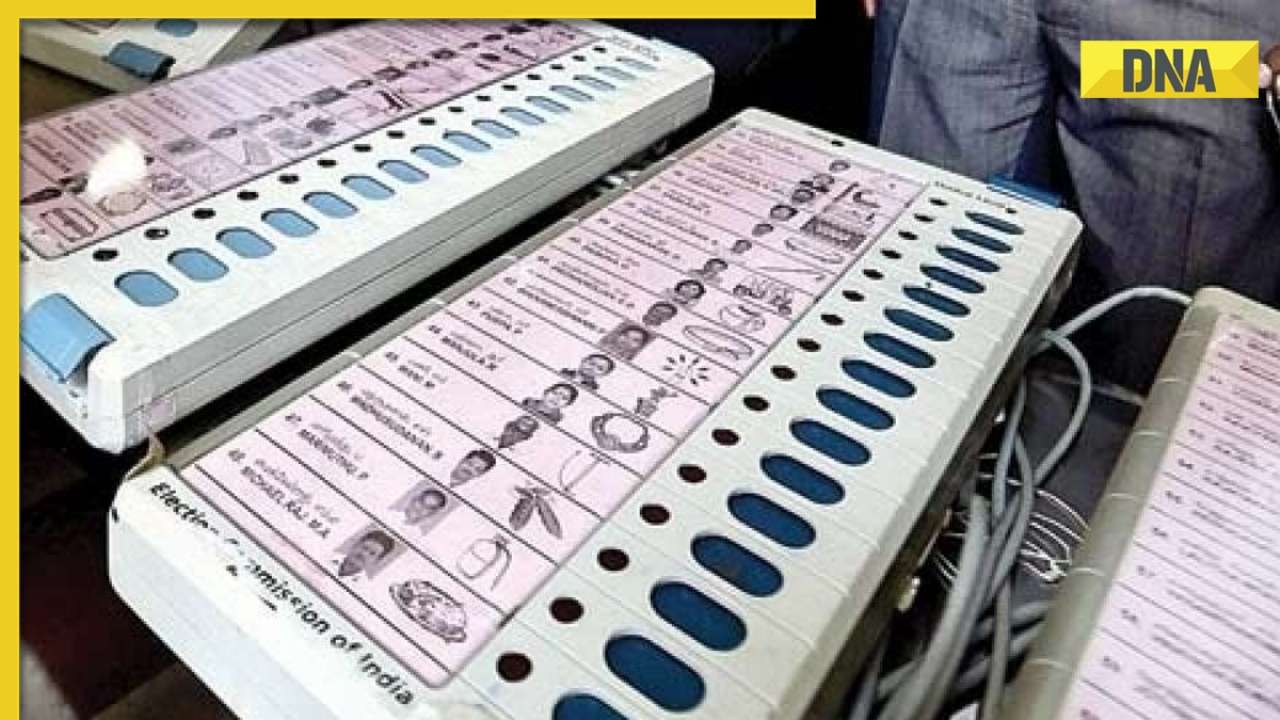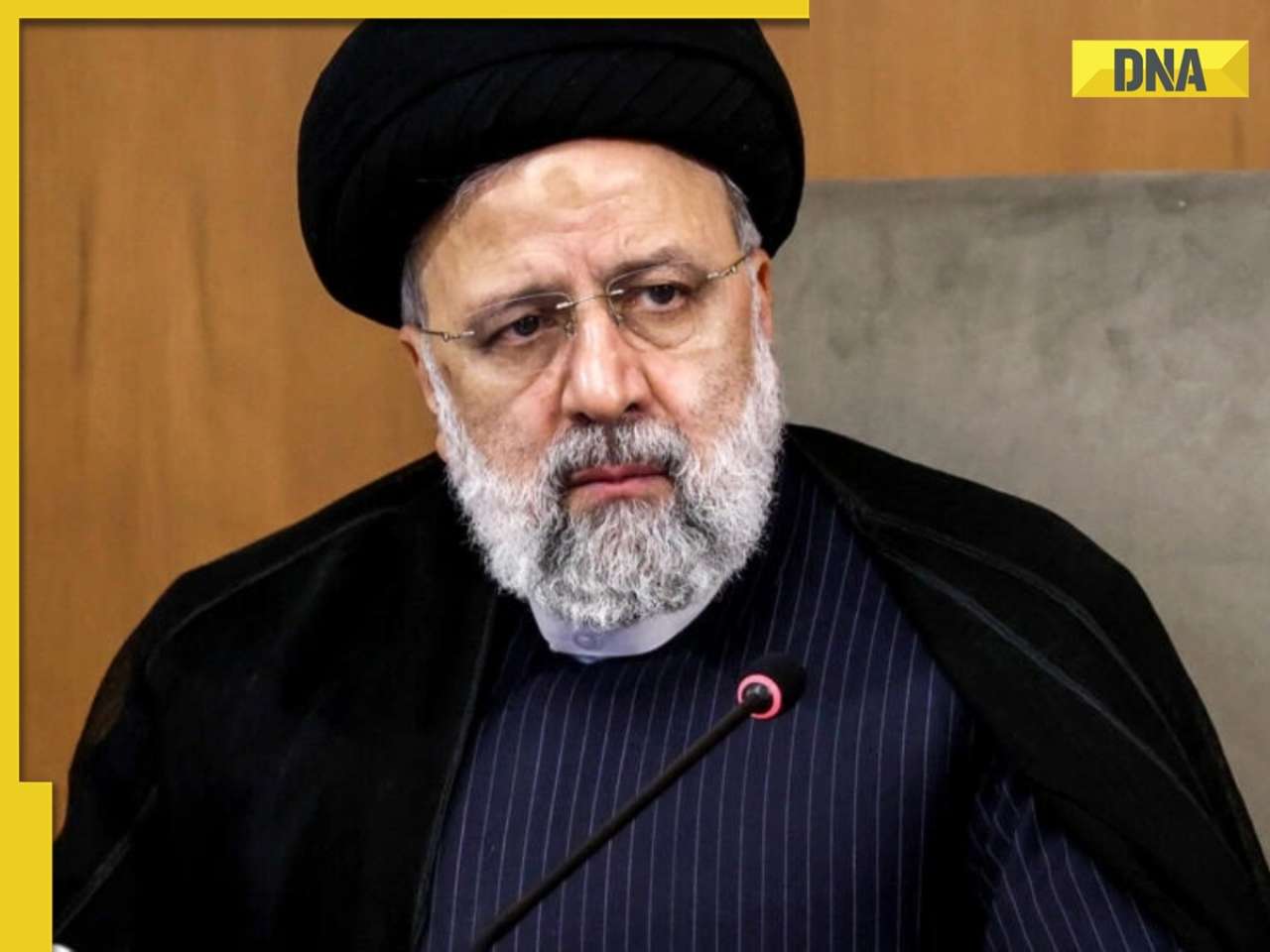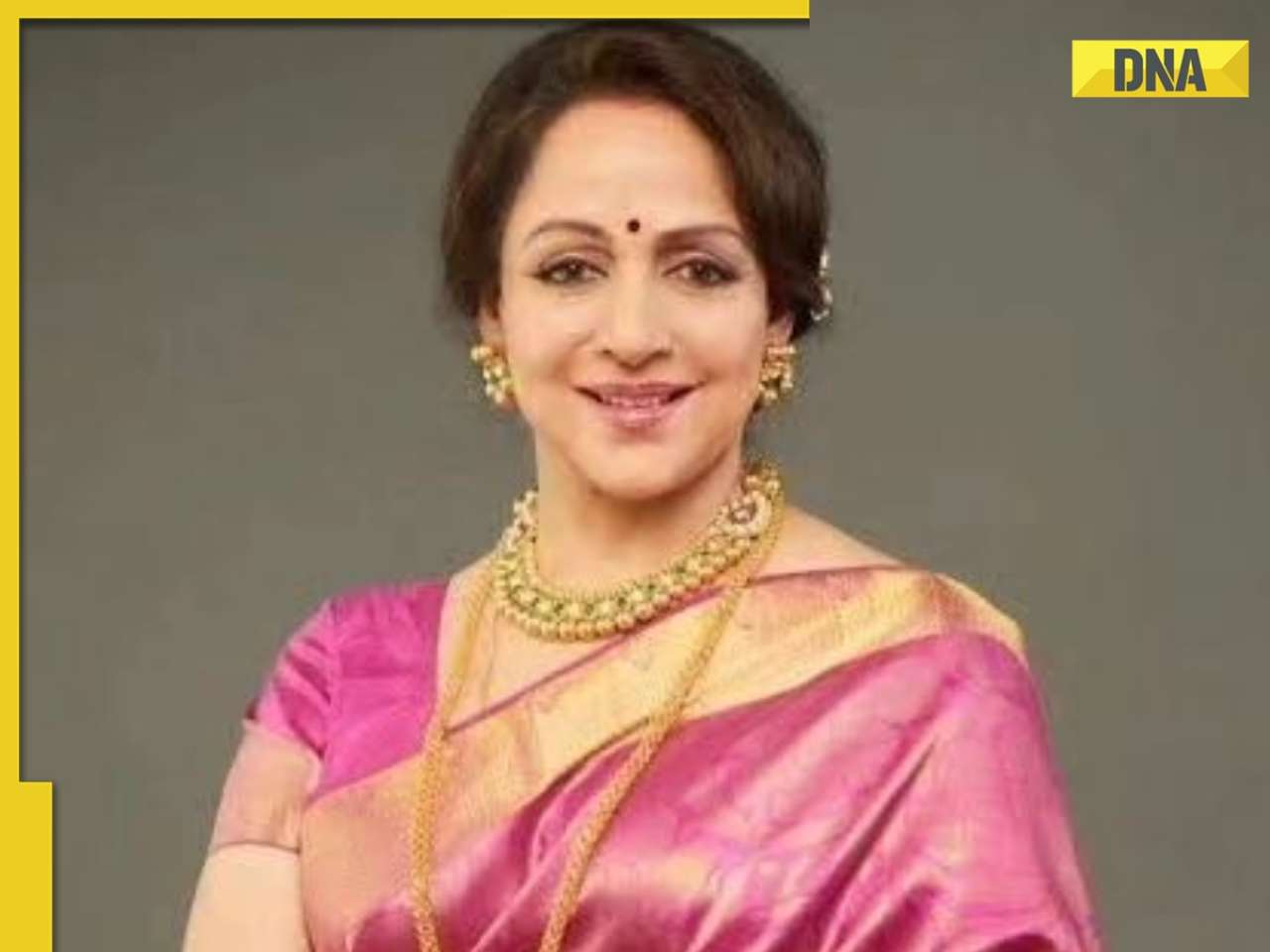Last month, in a landmark verdict, the Supreme Court had struck down the Electoral bonds scheme, and said it violated citizens' right to information.
The State Bank of India (SBI) on Tuesday handed over all information related to electoral bonds to the Election Commission of India (ECI) as ordered by the Supreme Court. This action came following the rejection of SBI's plea for an extension until June 30 by the Supreme Court.
The Supreme Court's decision came after a five-judge Constitution Bench, led by Chief Justice of India DY Chandrachud, directed SBI to provide the details of electoral bonds before the end of business hours on March 12. Additionally, the EC has been instructed to make this information public by March 15.
Last month, in a landmark verdict, the Supreme Court had struck down the Electoral bonds scheme, and said it violated citizens' right to information.
What are Electoral bonds?
Electoral bonds are financial instruments used for making contributions to political parties. These bonds, available in various denominations, are issued by the SBI and provide anonymity to both the donor and the recipient political parties.
Under the scheme, individuals and companies in India can purchase these bonds, and donations made through them are eligible for tax exemption. There is no limit on the number of bonds that can be purchased.
However, only political parties registered under Section 29A of the Representation of the People Act, 1951, and securing at least 1 per cent of the votes polled in the last elections are eligible to receive funds through electoral bonds.
The electoral bonds scheme was introduced in 2017 by former finance minister Arun Jaitley and was notified in January 2018. It aimed to provide a transparent source of political funding by introducing amendments to various laws, including the Finance Act and the Representation of the People Act.
Despite the scheme's intent to promote transparency, concerns were raised regarding the anonymity of donors and the potential for misuse.
![submenu-img]() PAK vs USA, T20 World Cup 2024: United States beat Pakistan in historic triumph after thrilling super over
PAK vs USA, T20 World Cup 2024: United States beat Pakistan in historic triumph after thrilling super over![submenu-img]() Eid Al Adha 2024: Dhul Hijjah Moon spotted in Saudi Arabia, Dubai, will be celebrated in India on...
Eid Al Adha 2024: Dhul Hijjah Moon spotted in Saudi Arabia, Dubai, will be celebrated in India on...![submenu-img]() DNA TV Show: What is NEET-UG 2024 results controversy? Know full story here
DNA TV Show: What is NEET-UG 2024 results controversy? Know full story here![submenu-img]() Anusha Dandekar says Jason Shah's claims about their failed relationship are lies: 'Everyone wants to use...'
Anusha Dandekar says Jason Shah's claims about their failed relationship are lies: 'Everyone wants to use...'![submenu-img]() BJP calls Rahul Gandhi's claims of 'biggest stock market scam' against PM Modi, Amit Shah 'baseless'
BJP calls Rahul Gandhi's claims of 'biggest stock market scam' against PM Modi, Amit Shah 'baseless'![submenu-img]() NEET exam 2024: Students demand re-exam after 67 students score...
NEET exam 2024: Students demand re-exam after 67 students score...![submenu-img]() Meet IIT-JEE topper, scored 100 percentile in JEE Mains 2024, she is now planning to join...
Meet IIT-JEE topper, scored 100 percentile in JEE Mains 2024, she is now planning to join...![submenu-img]() NEET UG topper 2024: Meet boy who topped MBBS exam by securing 720 out of 720, he is Alakh Pandey's...
NEET UG topper 2024: Meet boy who topped MBBS exam by securing 720 out of 720, he is Alakh Pandey's...![submenu-img]() Meet IIT graduate, Indian genius who made key space discoveries, he is Narayana Murthy’s…
Meet IIT graduate, Indian genius who made key space discoveries, he is Narayana Murthy’s…![submenu-img]() Meet man whose first salary was Rs 5000, turned down Rs 75 crore job offer, built Rs 8000 cr firm, is India's richest...
Meet man whose first salary was Rs 5000, turned down Rs 75 crore job offer, built Rs 8000 cr firm, is India's richest...![submenu-img]() DNA Verified: Did Kangana Ranaut party with gangster Abu Salem? Actress reveals who's with her in viral photo
DNA Verified: Did Kangana Ranaut party with gangster Abu Salem? Actress reveals who's with her in viral photo![submenu-img]() DNA Verified: New Delhi Railway Station to be closed for 4 years? Know the truth here
DNA Verified: New Delhi Railway Station to be closed for 4 years? Know the truth here![submenu-img]() DNA Verified: Did RSS chief Mohan Bhagwat praise Congress during Lok Sabha Elections 2024? Know the truth here
DNA Verified: Did RSS chief Mohan Bhagwat praise Congress during Lok Sabha Elections 2024? Know the truth here![submenu-img]() DNA Verified: Is CAA an anti-Muslim law? Centre terms news report as 'misleading'
DNA Verified: Is CAA an anti-Muslim law? Centre terms news report as 'misleading'![submenu-img]() DNA Verified: Lok Sabha Elections 2024 to be held on April 19? Know truth behind viral message
DNA Verified: Lok Sabha Elections 2024 to be held on April 19? Know truth behind viral message![submenu-img]() Lok Sabha Elections 2024 Result: From Smriti Irani to Mehbooba Mufti, these politicians are trailing in their seats
Lok Sabha Elections 2024 Result: From Smriti Irani to Mehbooba Mufti, these politicians are trailing in their seats![submenu-img]() Lok Sabha Elections 2024: 6 states with highest number of seats
Lok Sabha Elections 2024: 6 states with highest number of seats![submenu-img]() Lok Sabha Election Results 2024: Key candidates to watch out for in South India
Lok Sabha Election Results 2024: Key candidates to watch out for in South India![submenu-img]() Lok Sabha Elections 2024: Key seats Exit Poll predictions
Lok Sabha Elections 2024: Key seats Exit Poll predictions![submenu-img]() Lok Sabha Elections 2024: Key battles in Hindi heartland
Lok Sabha Elections 2024: Key battles in Hindi heartland![submenu-img]() Lok Sabha Elections 2024: What are exit polls? When and how are they conducted?
Lok Sabha Elections 2024: What are exit polls? When and how are they conducted?![submenu-img]() DNA Explainer: Why was Iranian president Ebrahim Raisi seen as possible successor to Ayatollah Khamenei?
DNA Explainer: Why was Iranian president Ebrahim Raisi seen as possible successor to Ayatollah Khamenei?![submenu-img]() DNA Explainer: Why did deceased Iranian President Ebrahim Raisi wear black turban?
DNA Explainer: Why did deceased Iranian President Ebrahim Raisi wear black turban?![submenu-img]() Iran President Ebrahim Raisi's death: Will it impact gold, oil prices and stock markets?
Iran President Ebrahim Raisi's death: Will it impact gold, oil prices and stock markets?![submenu-img]() Haryana Political Crisis: Will 3 independent MLAs support withdrawal impact the present Nayab Saini led-BJP government?
Haryana Political Crisis: Will 3 independent MLAs support withdrawal impact the present Nayab Saini led-BJP government?![submenu-img]() Anusha Dandekar says Jason Shah's claims about their failed relationship are lies: 'Everyone wants to use...'
Anusha Dandekar says Jason Shah's claims about their failed relationship are lies: 'Everyone wants to use...'![submenu-img]() Nana Patekar was asked to leave this Madhuri Dixit film, director replaced him with Paresh Rawal because...
Nana Patekar was asked to leave this Madhuri Dixit film, director replaced him with Paresh Rawal because...![submenu-img]() Watch: Sanjana Sanghi joins forces with Dia Mirza, addresses global warming, climate change on World Environment Day
Watch: Sanjana Sanghi joins forces with Dia Mirza, addresses global warming, climate change on World Environment Day![submenu-img]() Meet actress who was to be a superstar, gave many hit films, got married, was banned from industry due to..
Meet actress who was to be a superstar, gave many hit films, got married, was banned from industry due to..![submenu-img]() 'I'm going to bring...': Anil Kapoor reacts to replacing Salman Khan as host of Bigg Boss OTT 3, show will stream from..
'I'm going to bring...': Anil Kapoor reacts to replacing Salman Khan as host of Bigg Boss OTT 3, show will stream from..![submenu-img]() Meet world's most wanted woman, mastermind of Rs 36000 crore fraud, her crime is...
Meet world's most wanted woman, mastermind of Rs 36000 crore fraud, her crime is...![submenu-img]() Viral video: Influencer makes security guard's dream trip to Ayodhya Ram Mandir a reality, watch
Viral video: Influencer makes security guard's dream trip to Ayodhya Ram Mandir a reality, watch![submenu-img]() 74-year-old woman found alive at funeral home after being pronounced dead
74-year-old woman found alive at funeral home after being pronounced dead![submenu-img]() This country with 96% Muslim population has banned Hijab, beard, prohibition on religious books too
This country with 96% Muslim population has banned Hijab, beard, prohibition on religious books too![submenu-img]() Viral video: Train passes through burning forest amid Russia's wildfires, watch
Viral video: Train passes through burning forest amid Russia's wildfires, watch








































)


















)
)
)
)
)
)